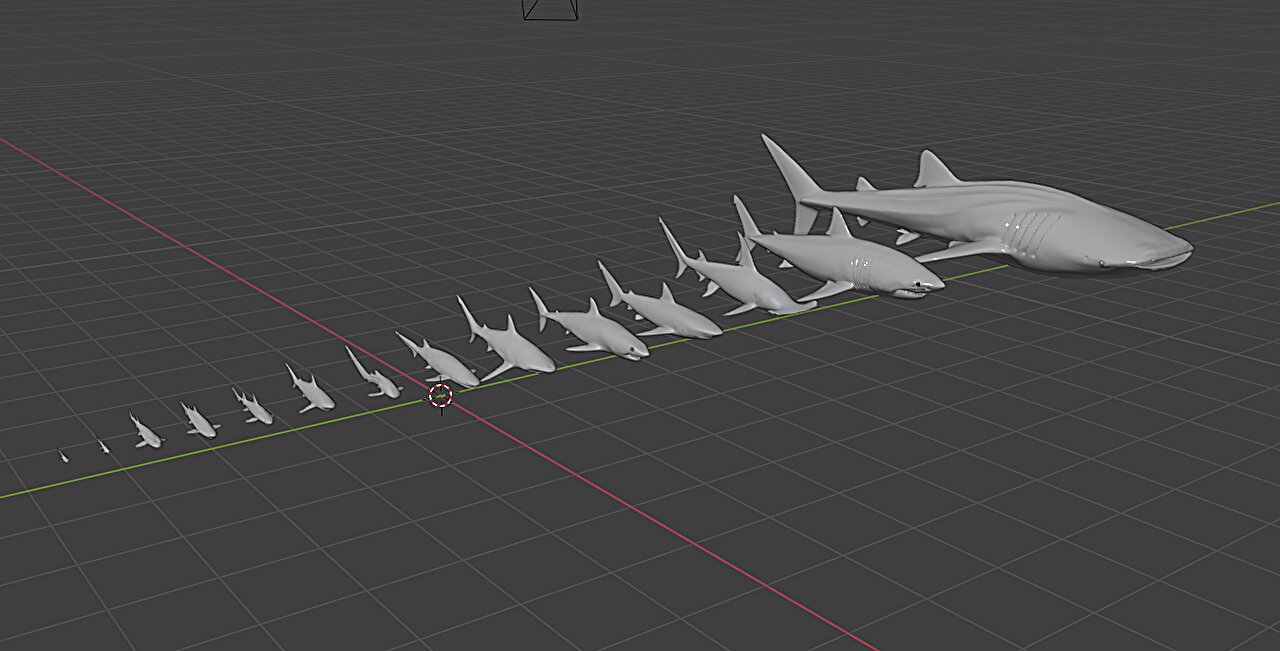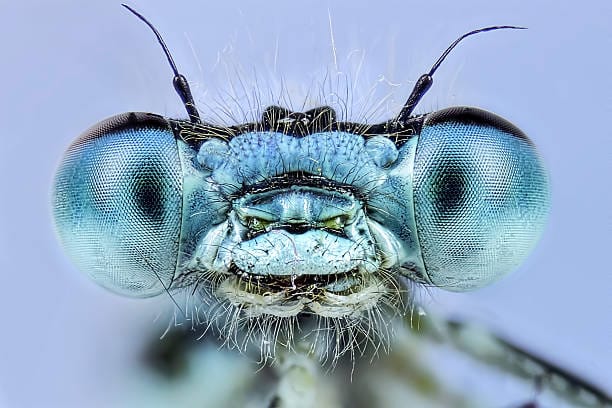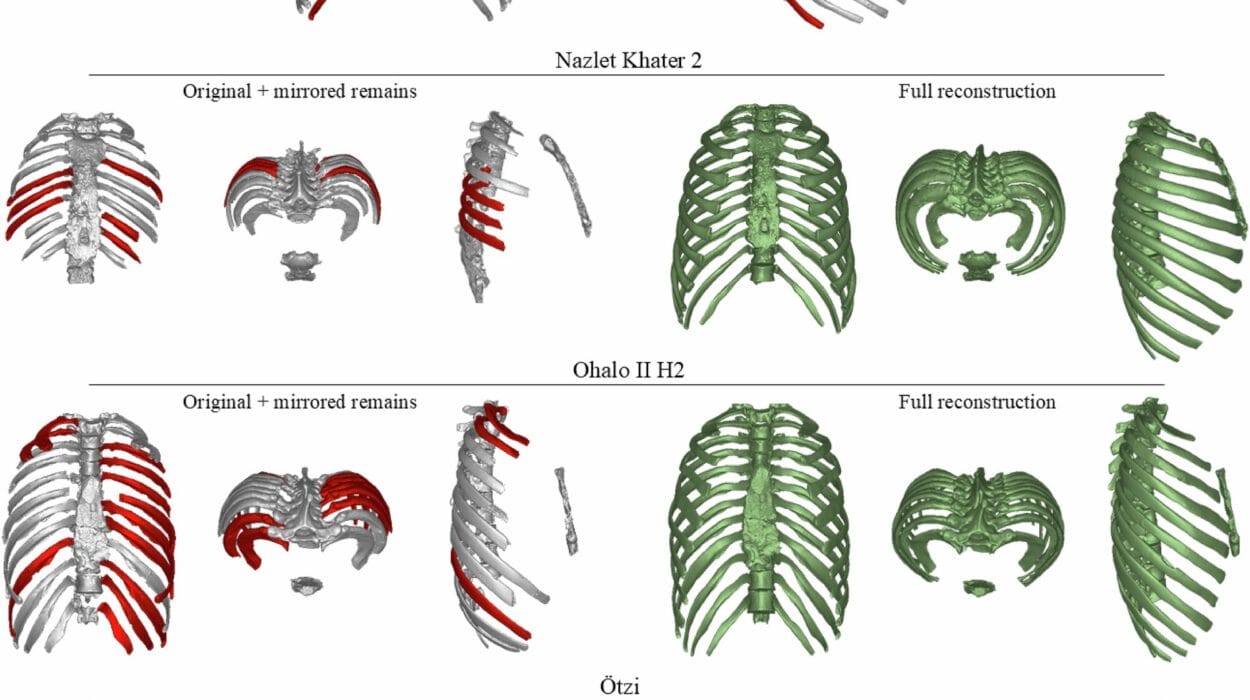In the blue-dark hush of the ocean, where sharks have glided silently for hundreds of millions of years, nature has been following a mathematical law—almost to perfection. Now, thanks to high-resolution 3D modeling and a blend of marine biology and evolutionary theory, scientists have confirmed that sharks obey the “two-thirds scaling law” nearly flawlessly. The finding is more than an academic victory—it’s a leap forward in understanding how life works across the entire animal kingdom.
Published in Royal Society Open Science, the new study—led by researchers at James Cook University in Australia and the University of Massachusetts—used cutting-edge digital techniques to scan and analyze the body shapes of 54 different shark species. Their goal: to test whether a theory first proposed over a century ago still holds up in the real, dynamic, and slippery world of actual animals.
They weren’t disappointed.
Ancient Predators, Modern Questions
It’s easy to marvel at sharks for their sleek power and fearsome reputation, but behind their muscle and mystery lies something quieter: math. For more than 100 years, biologists have worked under a foundational principle in physiology known as the “two-thirds scaling law.” It predicts how an animal’s surface area and volume scale with size—a ratio that underpins everything from how efficiently a creature breathes to how it sheds heat.
Joel Gayford, a Ph.D. candidate at James Cook University and lead author on the study, says testing this law in real, full-sized animals has always been tricky. “This law helps explain how animals exchange heat, energy, and oxygen with their environment,” Gayford explained. “So confirming it in animals as complex and diverse as sharks is a big deal.”
While earlier tests of the theory often focused on cells or small organisms, this study took it a step further—using some of the ocean’s largest and most formidable residents.
Swimming in Digital Detail
To bring sharks into the equation, quite literally, the team collaborated with computer graphics artist Johnson Martin to build incredibly detailed 3D models of 54 shark species—from nimble reef dwellers to deep-sea giants. Every fin, ridge, and curve was captured and calculated using high-resolution scanning.
“We were able to measure surface area and volume with precision we’ve never had before,” said Gayford. “That level of detail allowed us to test the scaling law on an evolutionary scale.”
And test it they did—with sharks spanning habitats, diets, and lifestyles, some separated by hundreds of millions of years of evolution.
The result? A surface area-to-volume ratio that scales at a power of 0.64—just 3% shy of the mathematically predicted 0.67. “It’s remarkable,” said marine biologist Dr. Jodie Rummer, co-author on the study. “This suggests sharks have evolved to stick to this ratio, possibly because deviating from it is too costly or constrained by early development.”
Why the Math Matters
The implications go far beyond shark anatomy.
“This ratio is fundamental,” Rummer explained. “It underpins how animals breathe, regulate temperature, and process waste. And now, we’ve shown it holds true even in highly mobile, complex animals like sharks.”
That kind of validation means that scientists can now use scaling equations with more confidence when modeling how animals might respond to environmental changes—especially climate-driven shifts in ocean temperature, oxygen levels, and habitat range.
“Surface area-to-volume ratios are key inputs in models used to predict how animals respond to warming oceans,” Gayford noted. “With this confirmation, we can apply those models more reliably to sharks—and potentially to other large animals as well.”
In a world where global climate models must increasingly account for biological responses, such precision is invaluable.
The Evolutionary Balancing Act
One of the study’s most intriguing takeaways isn’t just that sharks follow the rule—it’s why.
Despite their diversity in size, shape, and behavior, sharks seem to have evolved in a way that preserves this crucial ratio. The researchers suspect that the answer lies in the delicate and demanding choreography of embryonic development.
“Changing the way tissue is distributed throughout the body might require major changes during early development,” Gayford explained. “And that’s energetically expensive. Evolution tends to avoid that kind of overhaul unless it’s absolutely necessary.”
In other words, sharks don’t just play by the rules—they may be biologically locked into them. Their very development may depend on maintaining this mathematical balance.
Rewriting the Rules—One Pixel at a Time
The study also underscores the power of technology in revisiting age-old questions in biology. What once required approximation and assumption can now be tested in minute detail, thanks to advances in digital modeling, computational biology, and data analysis.
“We’re in a new era of science,” Rummer said. “With these tools, we can answer questions our predecessors could only dream of.”
And those questions are only growing. If sharks—among the most ancient and evolutionarily successful creatures on Earth—follow this law so precisely, what about whales? Lizards? Insects? Could this mathematical rule be a universal signature of life itself?
Sharks, Math, and the Future of Ecology
For most people, the mention of sharks conjures images of apex predators and ominous dorsal fins slicing through the surf. But beneath their teeth and reputation lies something quieter—and perhaps more profound. These animals are, it turns out, finely tuned machines built on a blueprint that transcends species and time.
From icy depths to sunlit shallows, they’ve carried the logic of biology with them for hundreds of millions of years. And now, with a combination of mathematical theory and digital precision, scientists are finally catching up.
This discovery isn’t just about confirming a century-old theory—it’s about laying the groundwork for understanding how life scales, evolves, and survives. And in a rapidly changing world, that kind of understanding might be the most important adaptation of all.
Reference: Joel Harrison Gayford et al, The geometry of life: testing the scaling of whole-organism surface area and volume using sharks, Royal Society Open Science (2025). DOI: 10.1098/rsos.242205






